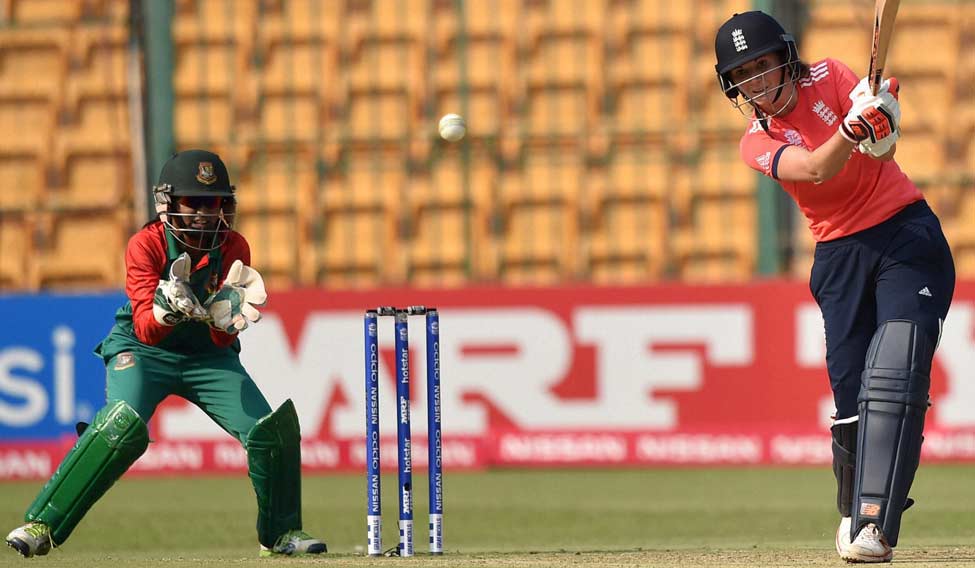When women started playing T20 cricket, there were many theories relating to how the game needs to be approached. The format was becoming popular and sooner than later women would also be playing the same game at the global stage.
Time has actually flown since the first World T20 in 2009 was organised by ICC in England, held alongside the men's World T20. Watching the power hitting and the bowlers being punished even after bowling a good delivery gave a theoretical heads-up to the nature of the format. But as they say, until one gets into it themselves, one would not know what works for one’s self.
I remember when we were flying back from England immediately after losing our semifinal to New Zealand women, we were updated that the Australian team had scored 163 at Trent Bridge against England. Just before take-off, it was announced that England women were in the finals of the World T20. They scored 165/2 in 19.3 overs. With a few perplexed looks in the eyes and lots of questions seeking answers the chat within the team was—how and what may have happened. How did the Aussies score that many runs and English team chased it easily with over to spare. On checking the scorecard, we realised there were 18 fours and no sixes. Rest was fantastic running between the wickets.
The women's game has also seen a few powerful hitters emerge. One striking name is of Deandra Dottin from West Indies, who is also referred to as the Chris Gayle of women's cricket. Also, Sophie Devine from New Zealand who can hit the long ball. Harmanpreet Kaur has taken that role for the Indian women. But what been realised over the years playing this format is that there is no over dependence on the big hitters. The focus is still on a well-timed shot.
Cut to 2016, when England captain Charlotte Edwards hit 60 of 51 balls with seven fours and no six bat in their first game. Two days prior to that contest, I saw Indian captain Mithali Raj score 42 of 35 deliveries with only five boundaries and no six. Don't forget that they both are captains and are expected to play pivotal roles in their respective sides.
The ease with which the runs were amassed by them in the shortest format, sets out another theory that one does not need to hit big shots all the time to keep the scoreboard ticking. The desired result can still be achieved by playing smartly.



